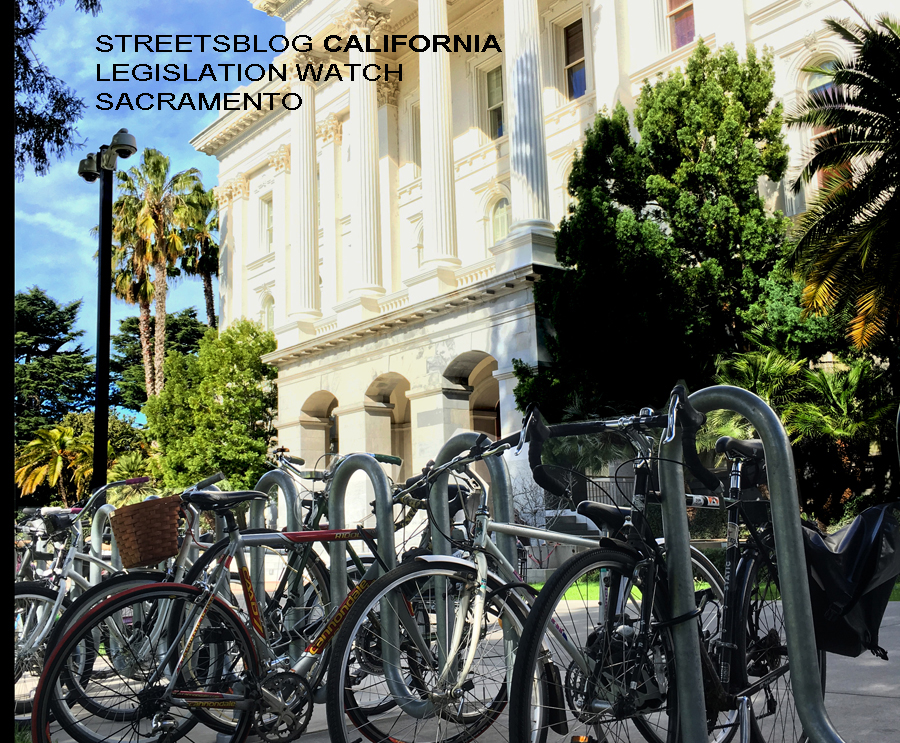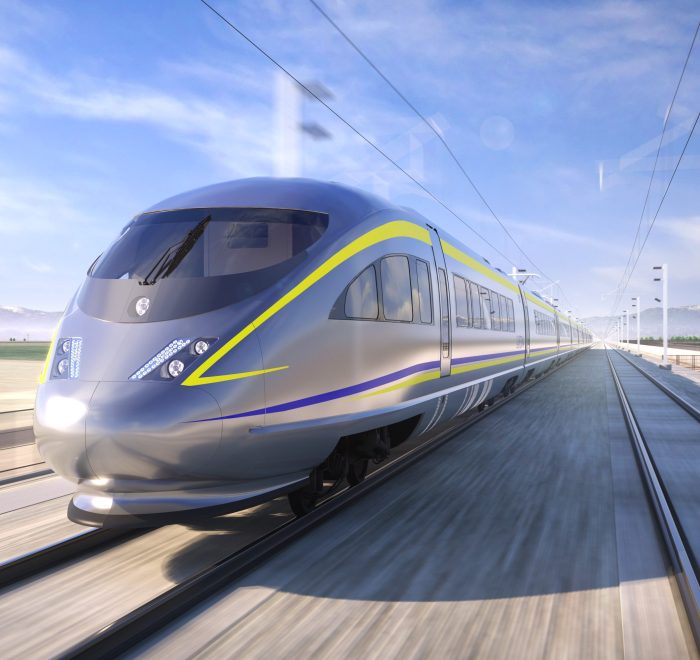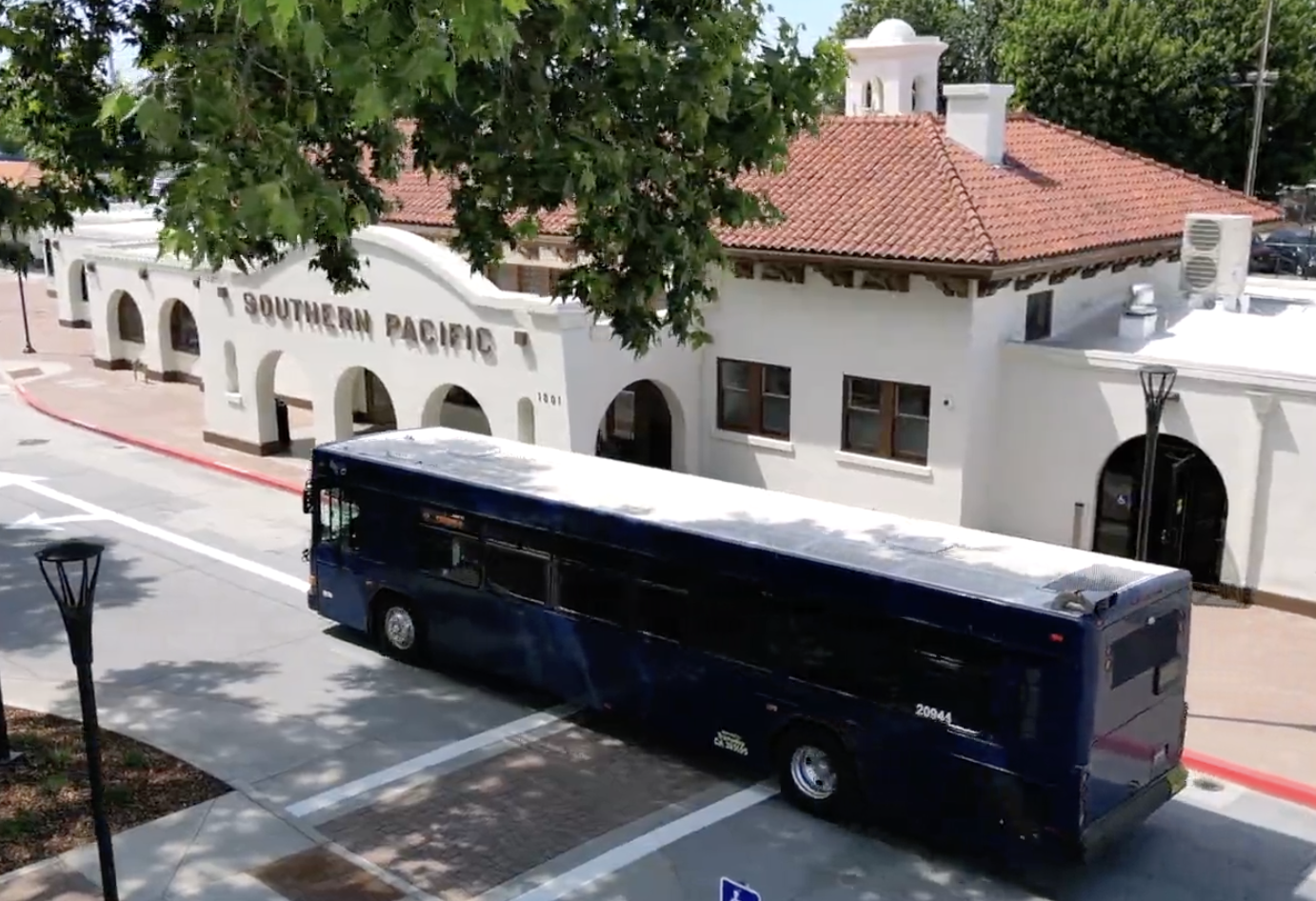Note: GJEL Accident Attorneys regularly sponsors coverage on Streetsblog San Francisco and Streetsblog California. Unless noted in the story, GJEL Accident Attorneys is not consulted for the content or editorial direction of the sponsored content.
Today is the last official day of the California legislative session, and a pile of bills await the Governor's signature. Among them are some that represent some pretty big wins for bicycle and pedestrian safety.
Three of the most notable ones aim to fix problems with the way traffic law currently works:
- The Safety Stop bill (A.B. 122 from Tasha Boerner Horvath, D-Encinitas),
- The Pedestrian Access bill (A.B. 1238 from Phil Ting, D-SF), and
- A bill on setting speed limits (A.B. 43 from Laura Friedman, D-Glendale).
All three passed both houses with strong support and little opposition. This is surprising on a few levels; in the past, the ideas behind all three of these bills have drew pushback from groups who have played on fears of lawlessness or other nefarious but - as it turns out - unproven dangers.
Take A.B. 122, the Safety Stop bill, allowing bike riders to treat stop signs as yield signs. Even now, media coverage of this bill trends toward the hysterical, featuring TV reporters interviewing bicyclists who decry the idea as dangerous. Uninformed reactions ranging from unfair "special treatment" for bikes to encouraging riders to blow through intersections and confusing young riders are easy to rustle up. But other states that have adopted similar bills have experienced big safety improvements.
Increasing experience with the practice - which for a long time only existed in Idaho and is sometimes referred to as the "Idaho Stop" for that reason - show that a more thoughtful response is a better one. Advocates for years have pointed out that the concept of "yielding" is well established, well understood, and can be learned; that calling for bikes to yield does not give them free rein to blow through intersections but encourages more thoughtful interactions with traffic and fewer crashes because riders can clear intersections more quickly; and that removing this as an excuse for police to write citations is an important step towards encouraging more people to ride.
That last is also one of the arguments for A.B. 1238, the Pedestrian Access bill - also known as the Decriminalizing Jaywalking bill. There is a long and sordid history behind the concept of jaywalking, a racist term that should be excised anyway. More information can be found here - but basically, "jaywalking" was criminalized to keep people from using the streets the ways they had traditionally been used so street space could be reserved for cars. It was before our time, so it's hard for some people - especially those stuck with a windshield perspective - to imagine that streets could be made available for people instead.
Allowing people to cross them safely, even when they're not inside the protective caress of a few lines of paint on the ground, is a first step.
Another step is making Slow Streets, which some communities have enjoyed as recreational areas during COVID, a permanent possibility in state law. A.B. 773, from Adrin Nazarian (D-Los Angeles) will do that. It is also on the governor's desk.
But let's go back to A.B. 43, a bill stemming from several years of work on the Zero Fatalities Task Force, which itself came out of an earlier attempt to do what this bill would do: make it possible for cities to set speed limits that make sense for people outside of cars. Assemblymember Laura Friedman has made the effort to rationalize the way speed limits are set a priority, and the Zero Fatalities Task Force she called for found that she was correct: the current practice of allowing prevailing car speeds to determine speed limits is not working.
A.B. 43 allows local authorities to consider the safety of vulnerable users when setting speed limits, something they are currently not allowed to do. It also allows them to lower speed limits in certain areas, which current law hampers. It is not a panacea; speed limits themselves will not calm traffic. But it's a start - and at least cities will no longer be prevented from even trying.
Other bills passed by both the Senate and the Assembly, and awaiting the Governor's response, are:
Governor Newsom has until October 10 to sign or veto bills; even if the recall were to succeed, he would still be in office long enough to complete this task. Would his political calculus on whether to sign or veto be different, depending whether he wins or loses next week? That speculation is beyond us.
But Newsom has been a strong supporter of safe and sustainable means of travel. Even his veto of the Complete Streets bill a few years ago, which we said "stinks," came with the assurance that its provisions would be followed without the bill. So he might sign them. A nudge from concerned voters might help, but keep in mind he'll be pretty distracted until at least Tuesday.





